The best wall panelling trends, according to the experts
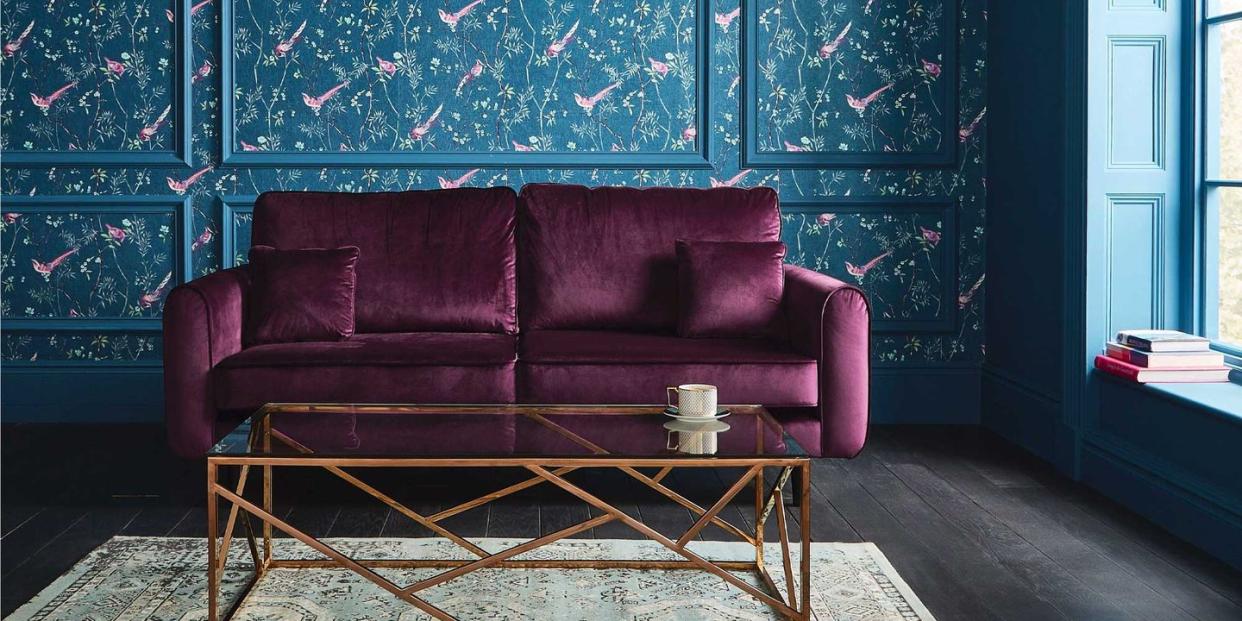
Affordable, versatile and eye-catching, wall panelling is a smart way to instantly transform your home, whether that’s adding character to a new-build or enhancing that sense of old-world grandeur in a period property.
It’s no wonder wall panelling has become one of the top decor trends of 2022, and it’s certainly set to stay. We asked six interior designers and specialists to reveal the latest styles and their top tips for adding panelling to your home...
Make the most of your space
“Panelling is an easy way to add texture, depth and interest to walls and great for all types of properties, especially where architectural features are minimal,” says Jenna Choate, Co-Founder at Interior Fox, an interior design studio. “When working with a small space, vertical panelling is a great technique for making walls appear taller as it draws the eye upwards. Another option is to go half-height for a less dominating look, such as behind a desk, or bed to create a headboard. In one project, we created a mini workstation simply by panelling a small section of the bedroom wall with a shelf that doubles up as a dressing table. In large spaces, full-height panelling prevents the room from looking sparse and one-dimensional and can help zone an open-plan space that has multifunctional uses.”
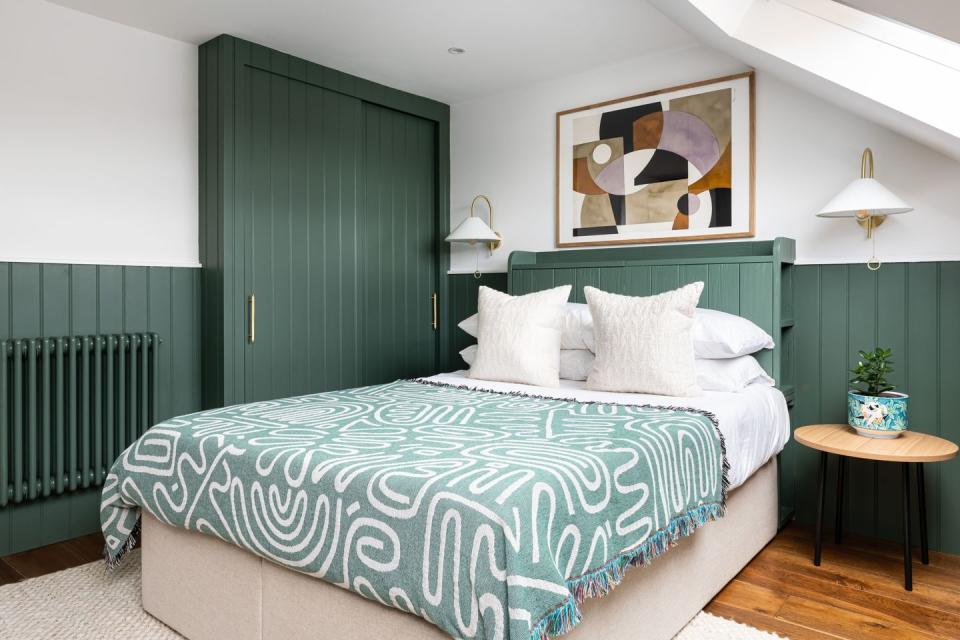
Use wall panelling for functionality
It’s not just about making a space prettier – wall panelling has its practical uses, too. “It’s a great way to create hidden storage, concealing televisions, cabling, toys and games – all the things you’d rather were out of sight,” adds Caroline Milns, Head of Interior Design at ZuluFish, an interior design consultancy, architectural practice. “Panelling provides protection for busy areas of the home, such as the hallway and stairs, where a wipe-clean paint finish ensures it’s easy to maintain. It can also fix walls that are less than perfect, giving straight lines and a smart framework – particularly helpful in bathrooms and kitchens when looking to hide pipework.”
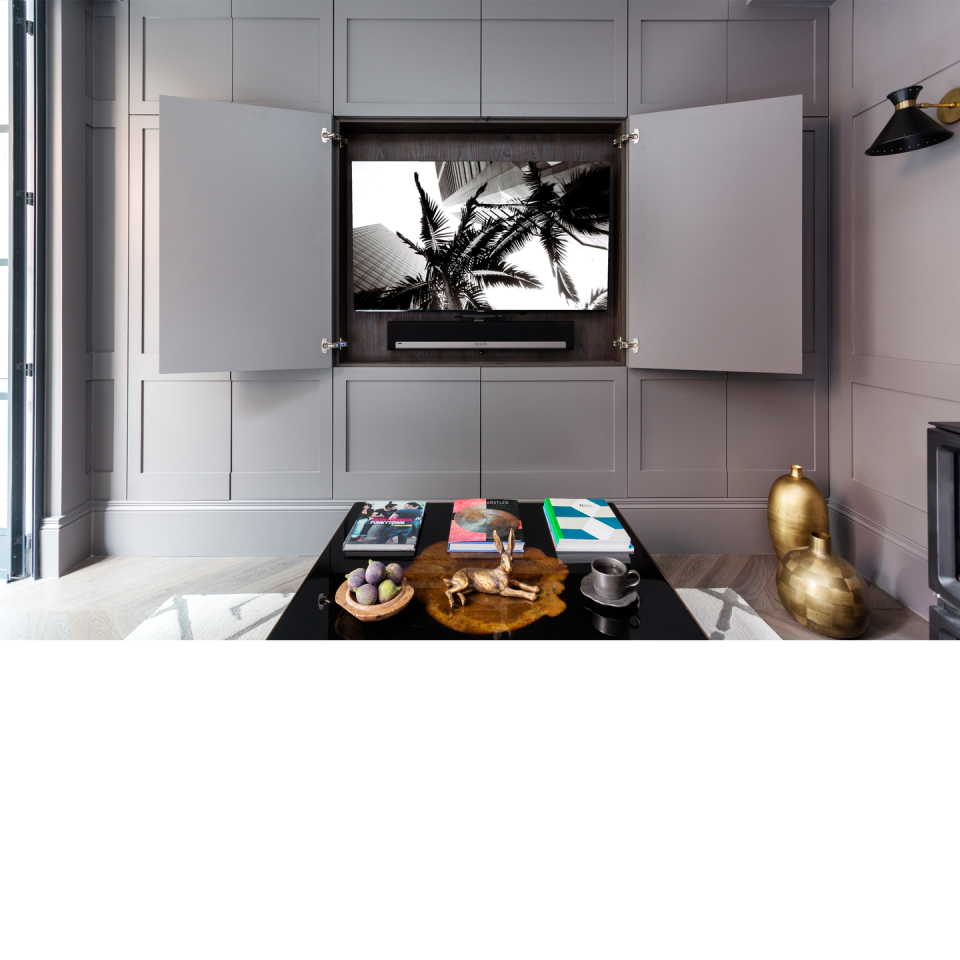
Know your trends
“There's a growing trend for moulded contemporary styles that go beyond what's possible with MDF,” says Interior Stylist and Blogger, Luke Arthur Wells. “Brands like Orac Decor have 3D polymer panelling sheets that come in modern shapes, including fluted, ribbed and Art Deco-inspired designs for a tactile finish. Fluted and slatted panelling is especially hot this year; I actually created chunky fluted wall panelling using plastic gutters from a DIY store, fixed to a frame and then painted – it’s amazing what you can achieve when basic materials are applied creatively. If you're looking to get ahead of the curve, I think we'll also start to see a style of Shaker panelling made with skinnier, more spaced-out slats for a modern twist on this classic look.”
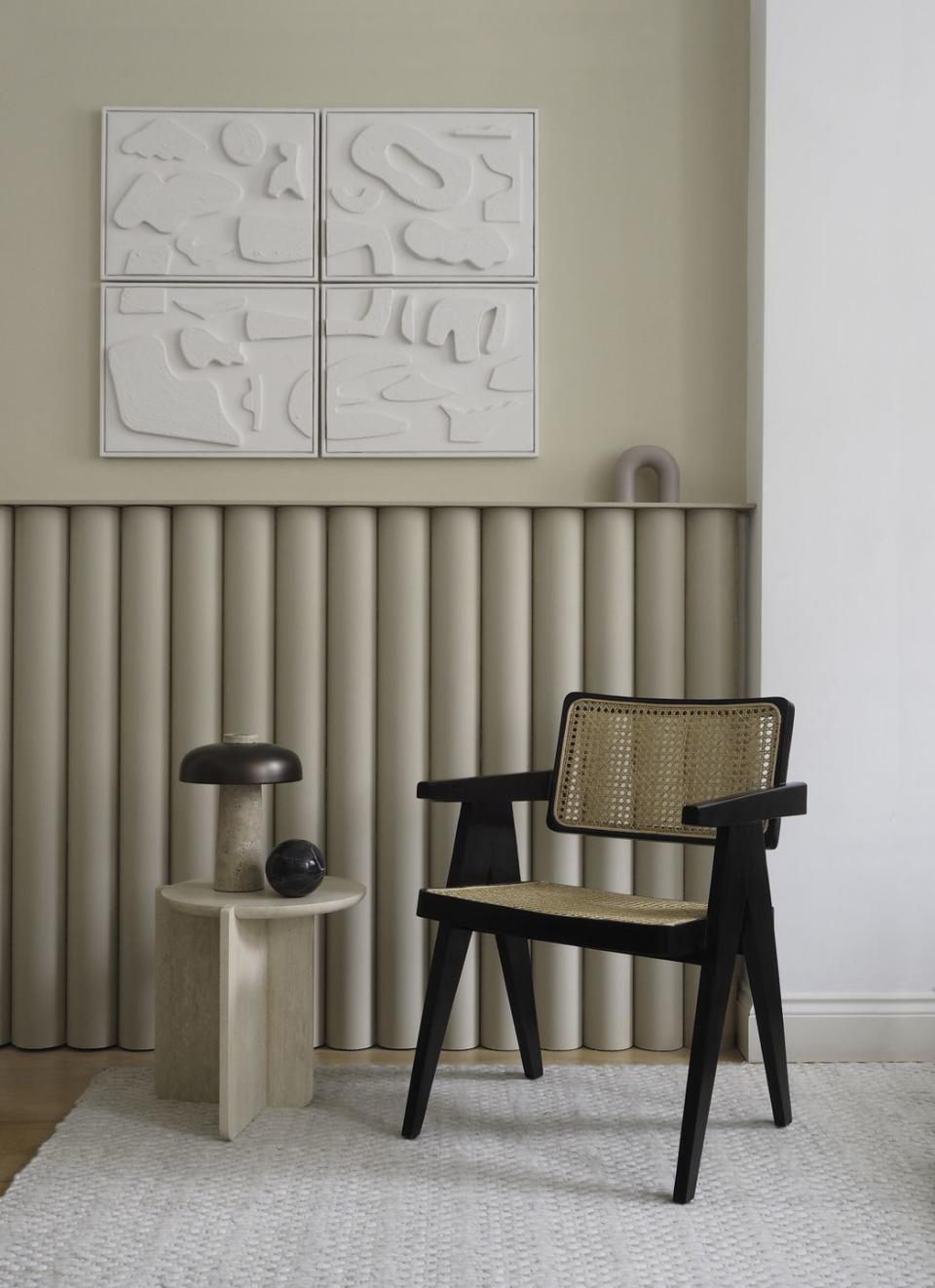
Think outside the box
However, it’s not just about following trends, advises Jordan Russell from design consultancy, 2LG Studio. “Rather than focusing solely on popular styles, start with the period of your property and consider what might have been used originally. If you live in a Victorian or Georgian home, what profile is the wood moulding or panelling that would’ve been used? Similarly if you live in a 1930s home, what would’ve been there – perhaps a simpler Shaker style? You can always do a more contemporary take on the original look, but basing your decision on the age of your property gives you a starting point. When we stripped the sitting room in our Victorian home, the original plasterwork had all of the markings of where panels originally existed so we reinstated them. They work perfectly as a framing device for artwork, wall lights and mirrors.”
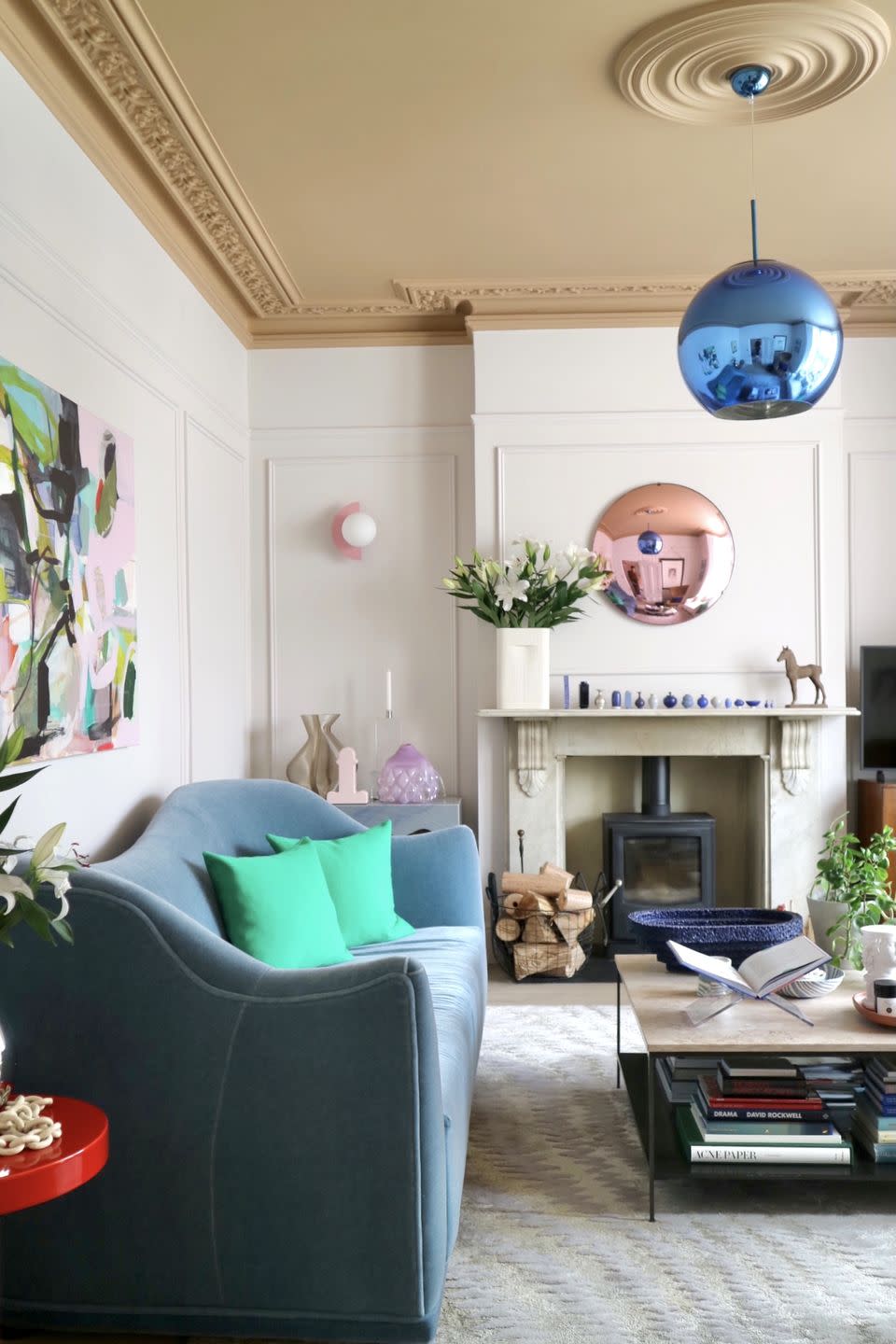
Add colour for effect
“There’s been a resurgence in incorporating striking wallpaper designs within or behind wall panels, such as bold botanical prints paired with colour-matched mouldings,” says Paula Taylor, Head Stylist and Trend Specialist at Graham & Brown. “If wallpaper feels too much, layering a palette of earthy tones is an on-trend way to add a sense of dimension. For an inviting, contemporary look, pale praline shades will reflect light in a bedroom or living space yet add warmth for the winter months.” Athina Bluff, CEO of interior design service, Topology Interiors, agrees. “A mix of off-whites and nudes is a popular choice right now; creating a panelled feature wall that’s painted in a darker contrasting colour is a nice touch, or even colour drenching the entire room in the same shade.”
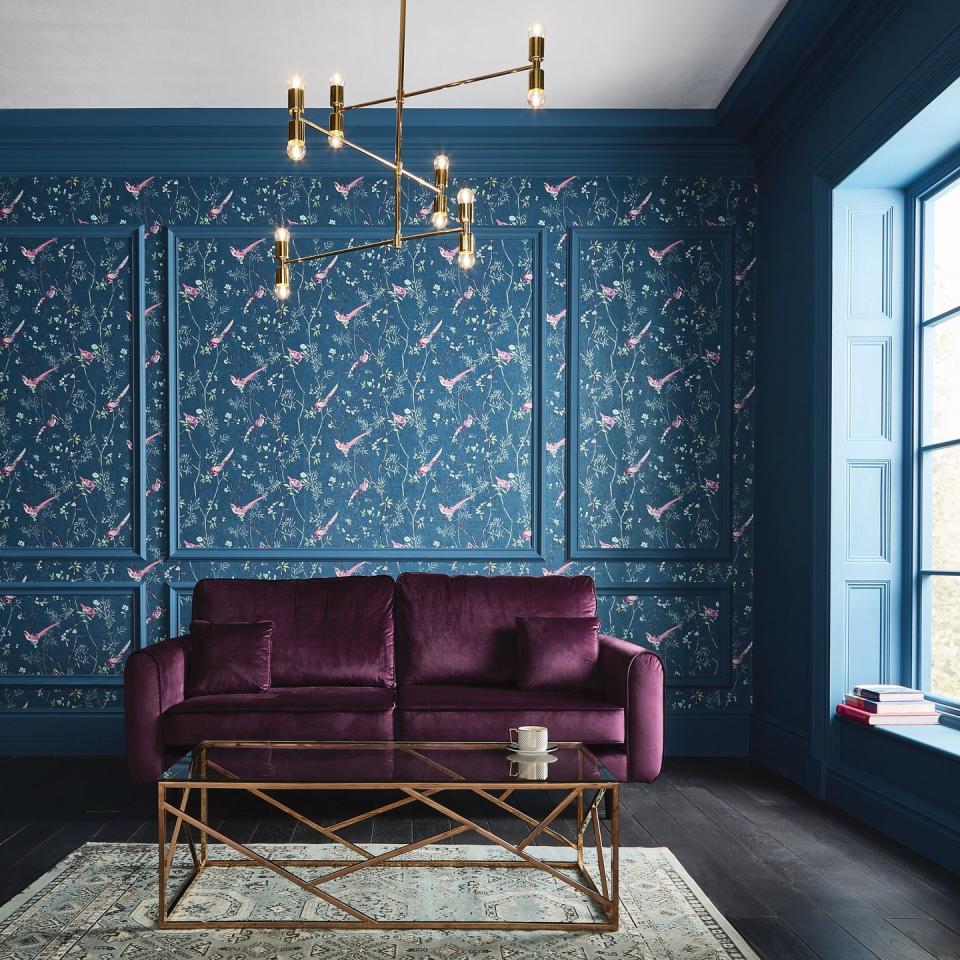
“For us colour is always an opportunity to go wild in our own home; we have painted our walls and panelling in the same colour, but used matt emulsion for the walls and eggshell with a slight sheen for the panelling, which creates beautiful texture and changes throughout the day with the light in the room,” adds Jordan. “It’s quite retro but you could also pick out the mouldings in a contrasting shade. There was a phase in the 1990s where panelling, picture rails, architraves, skirting boards and dado rails would all be painted in a contrasting colour. I feel like this may be due a comeback.”
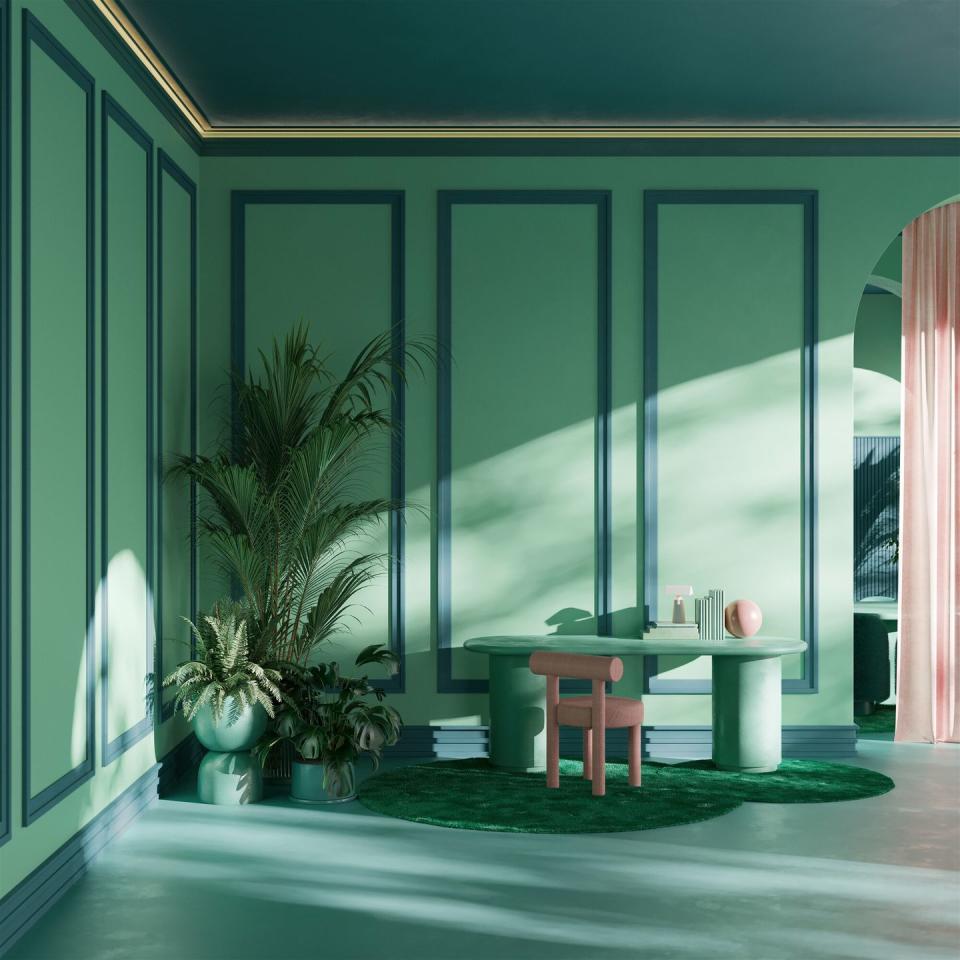
Know the dos and don'ts
Interior designer Melanie Lissack provides her top tips for an expert finish:
“DO try polymer mouldings over MDF as they’re lightweight and easier to cut and apply, plus they often come pre-primed and ready for painting – great for DIY novices and a cleaner finish.”
“DON’T assume your walls, floors and ceilings are perfectly straight – the chances are they won’t be. When it comes to fixing your chosen panelling, make sure you use a builder’s spirit level, or even better a laser level, and ensure you leave enough space at the top and the bottom for irregularities in wall height.”
“DO plan out your design on all the walls before you begin – my mantra is measure twice, cut once. If you’re panelling a small space, a manual mitre box and handsaw is fine. However, a compact electric mitre saw will make the job much easier.”
“DON’T forget to use an instant grab adhesive to help ensure your panelling quickly grips the walls and to prevent it from sliding out of place.”
“DO always apply caulk to conceal any joins and gaps for a seamless finish and use a special primer such as Zinsser B.I.N before painting.”
You Might Also Like


